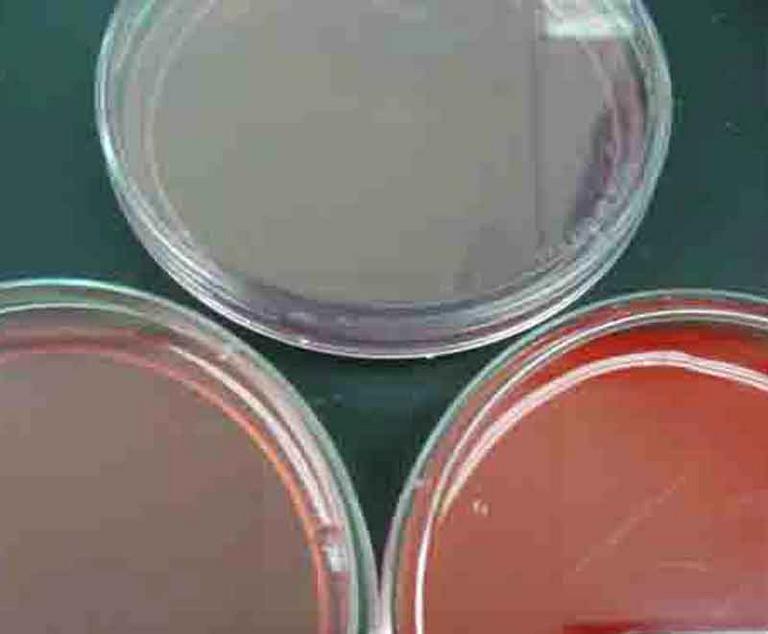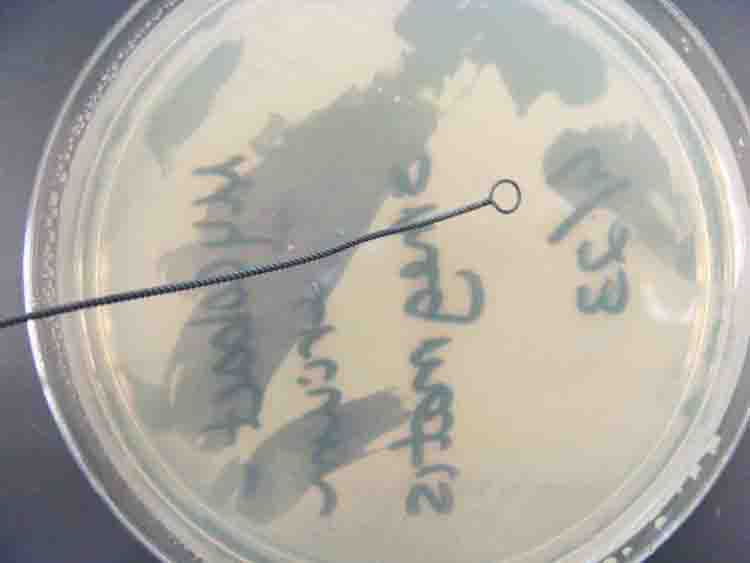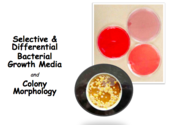Types of Culture Media Used for
Growing Bacteria
Like captive animals in a zoo, bacteria grown in a laboratory environment need to have everything provided for them—food, water, a suitable environment—in order to survive and thrive.
Article Summary: Many types of bacterial growth media are used to culture (grow) microbes in the laboratory. Here's a summary of defined, complex, selective and differential media.
Types of Growth Media Used to Culture Bacteria
SCIENCE PHOTOS
 | ||||||
SPO VIRTUAL CLASSROOMS
In addition to growth media formulations being classified as either defined or complex, there are also specialized media that are designed to do more than just grow bacteria, selective and differential media provide information about the bacteria growing.
Some microbes are not especially choosy in their requirements for growth, while others, such as Treponema pallidum, the causative agent of syphilis, has never been successfully grown in culture, although scientists have been trying to do so for more than 100 years.
Several basic types of media are discussed below. Although their differences are featured, there are several characteristics that all culture media have in common:
- Media must be prepared in such a way that it is sterile prior to being inoculated with a bacterial sample, so that, when a particular type of bacteria is cultured (cultivated) on that medium, it is the only type of bacteria present.
- Growth media must also provide everything the bacteria need to live and grow, including water, nutrients, and the proper pH. Media can be either liquid (nutrient broth) or solid (agar).
Defined Media versus Complex Media
Some media formulations are very specific recipes in which certain ingredients must be present in specific amounts. These defined media (also known as synthetic media) are used to grow bacteria that have very particular needs.
Most clinical cultures do not have such exacting requirements, and can be grown in what is referred to as complex media. Complex media are composed of partially digested yeast, beef, soy and additional proteins, in which the exact concentration and composition is unknown. In comparison with defined media, which are good for growing picky bacteria, complex media can be thought of as a crowd-pleaser, suitable for growing many different types of less fastidious microbes.
Tryptic Soy Agar (TSY) is a good all-purpose medium commonly used to grow bacteria in the microbiology laboratory.
Page last updated: 8/2016
FREE Printable
Study Aid!,
You'll brain will thank me!
Selective Bacterial Growth Media
For example MacConkey’s Agar (MAC) is used to cultivate Gram-negative bacteria, by discouraging the growth of Gram-positive bacteria through the use of crystal violet dyes and bile salts. Another selective medium, Mannitol Salt Agar (MSA), has a high concentration of sodium chloride, which selects for halophiles (salt-loving bacteria) such as members of the genus Staphylococcus.
 | ||||||





